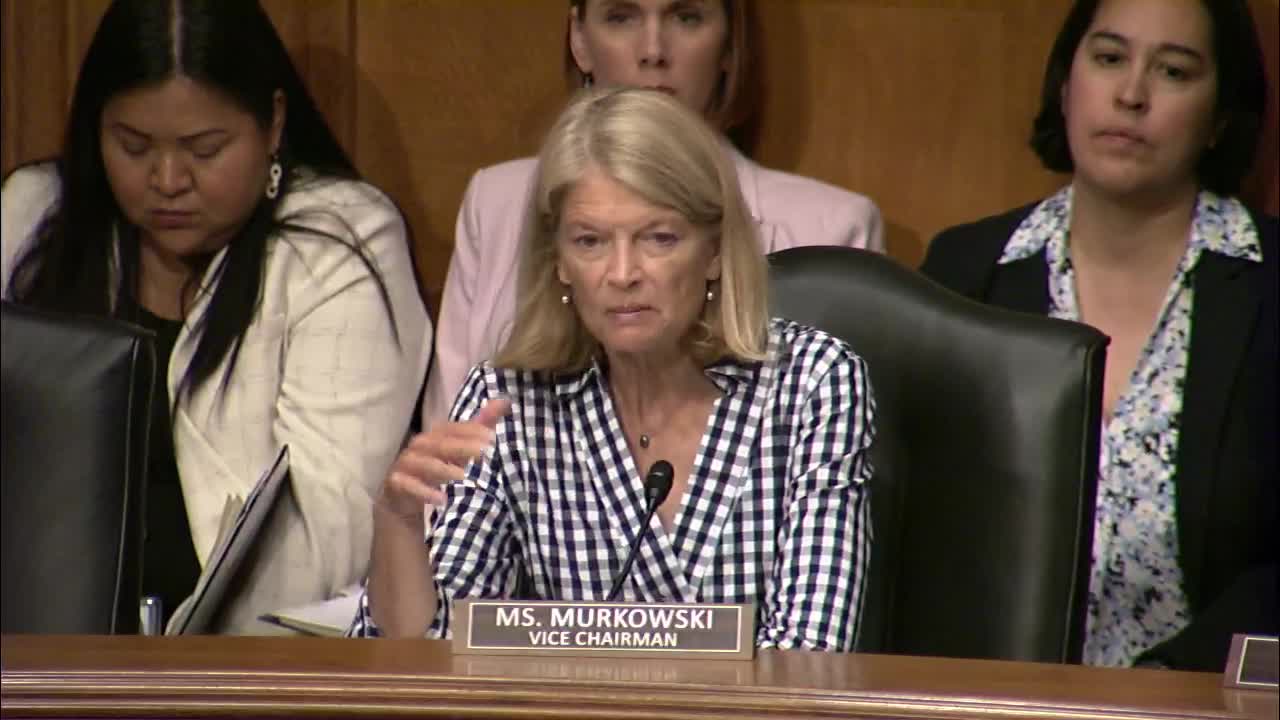Health officials confront rabies crisis in rural Alaska
July 10, 2024 | Indian Affairs: Senate Committee, Standing Committees - House & Senate, Congressional Hearings Compilation

This article was created by AI summarizing key points discussed. AI makes mistakes, so for full details and context, please refer to the video of the full meeting. Please report any errors so we can fix them. Report an error »

During a recent government meeting, officials discussed the significant public health challenges faced by tribal communities in Alaska, particularly concerning rabies exposure and treatment. The conversation highlighted the alarming disparity in health service access, with data indicating that tribal communities experience a testing rate for rabies that is 15 times lower than surrounding areas.
Commander Lefferts from the Indian Health Service (IHS) detailed the logistical and financial burdens associated with rabies treatment in rural Alaska. When a dog bite occurs, local health officials must identify the vaccination status of the animal, often leading to a lengthy process of testing and quarantine. If the dog tests positive for rabies, individuals exposed must undergo post-exposure prophylactic treatment, which can be both costly and logistically challenging.
The costs associated with rabies treatment can average around $20,000 per person, factoring in lost wages and travel expenses for those needing to access care in larger towns like Bethel or Anchorage. The treatment process often requires multiple trips, adding to the financial strain on families already facing limited resources.
The meeting underscored the need for improved public health surveillance and collaboration between IHS and the Centers for Disease Control and Prevention (CDC) to address these gaps in care. Officials acknowledged the limitations within IHS facilities and emphasized ongoing efforts to enhance partnerships with state and local agencies to better serve tribal communities.
Commander Lefferts from the Indian Health Service (IHS) detailed the logistical and financial burdens associated with rabies treatment in rural Alaska. When a dog bite occurs, local health officials must identify the vaccination status of the animal, often leading to a lengthy process of testing and quarantine. If the dog tests positive for rabies, individuals exposed must undergo post-exposure prophylactic treatment, which can be both costly and logistically challenging.
The costs associated with rabies treatment can average around $20,000 per person, factoring in lost wages and travel expenses for those needing to access care in larger towns like Bethel or Anchorage. The treatment process often requires multiple trips, adding to the financial strain on families already facing limited resources.
The meeting underscored the need for improved public health surveillance and collaboration between IHS and the Centers for Disease Control and Prevention (CDC) to address these gaps in care. Officials acknowledged the limitations within IHS facilities and emphasized ongoing efforts to enhance partnerships with state and local agencies to better serve tribal communities.
View full meeting
This article is based on a recent meeting—watch the full video and explore the complete transcript for deeper insights into the discussion.
View full meeting